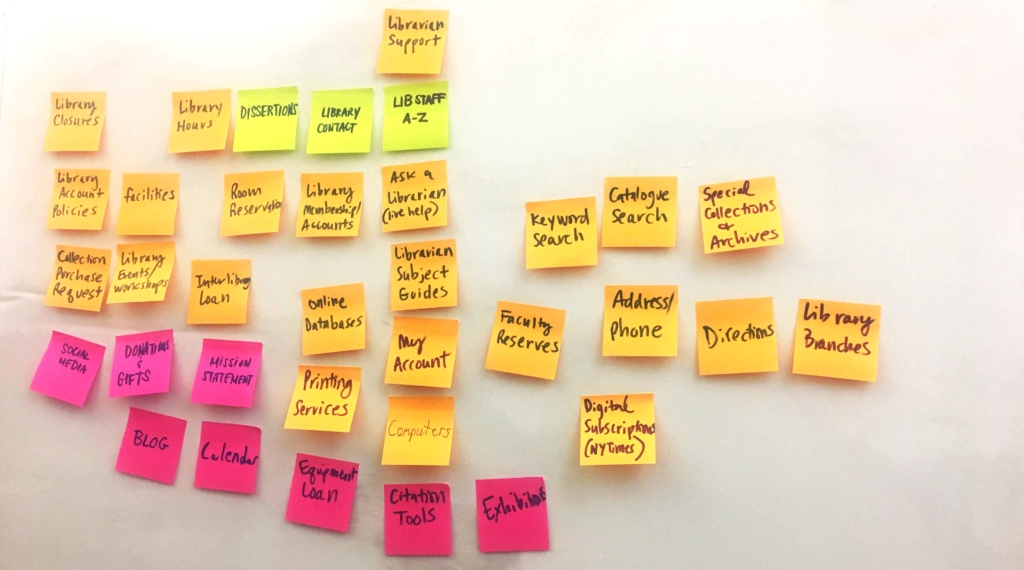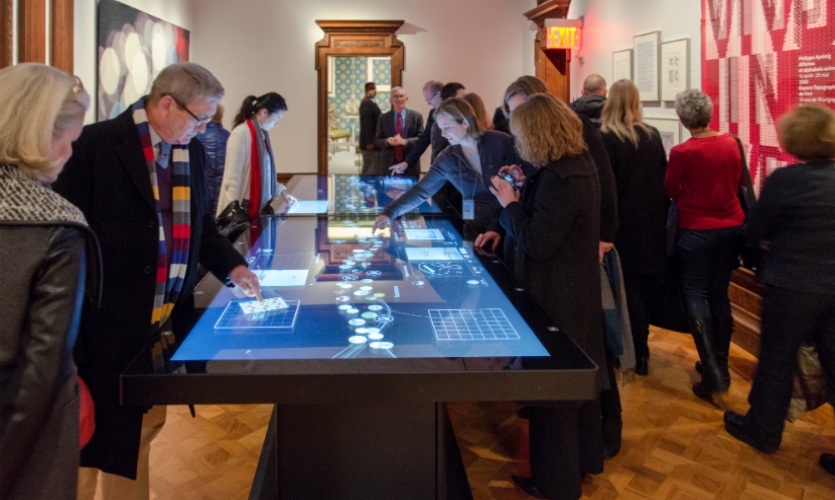Expert Voices Interview with Sarah Doody about UX Education
Sarah Doody is an NYC based user experience designer and product strategist. She works with startups to help them launch their initial product as well helping companies already in market optimize their user experiences. She is the founder of a popular UX newsletter – The UX Notebook. Sarah also teaching about user experience, she co-developed and […]
Expert Voices Interview with Sarah Doody about UX Education Read More »

